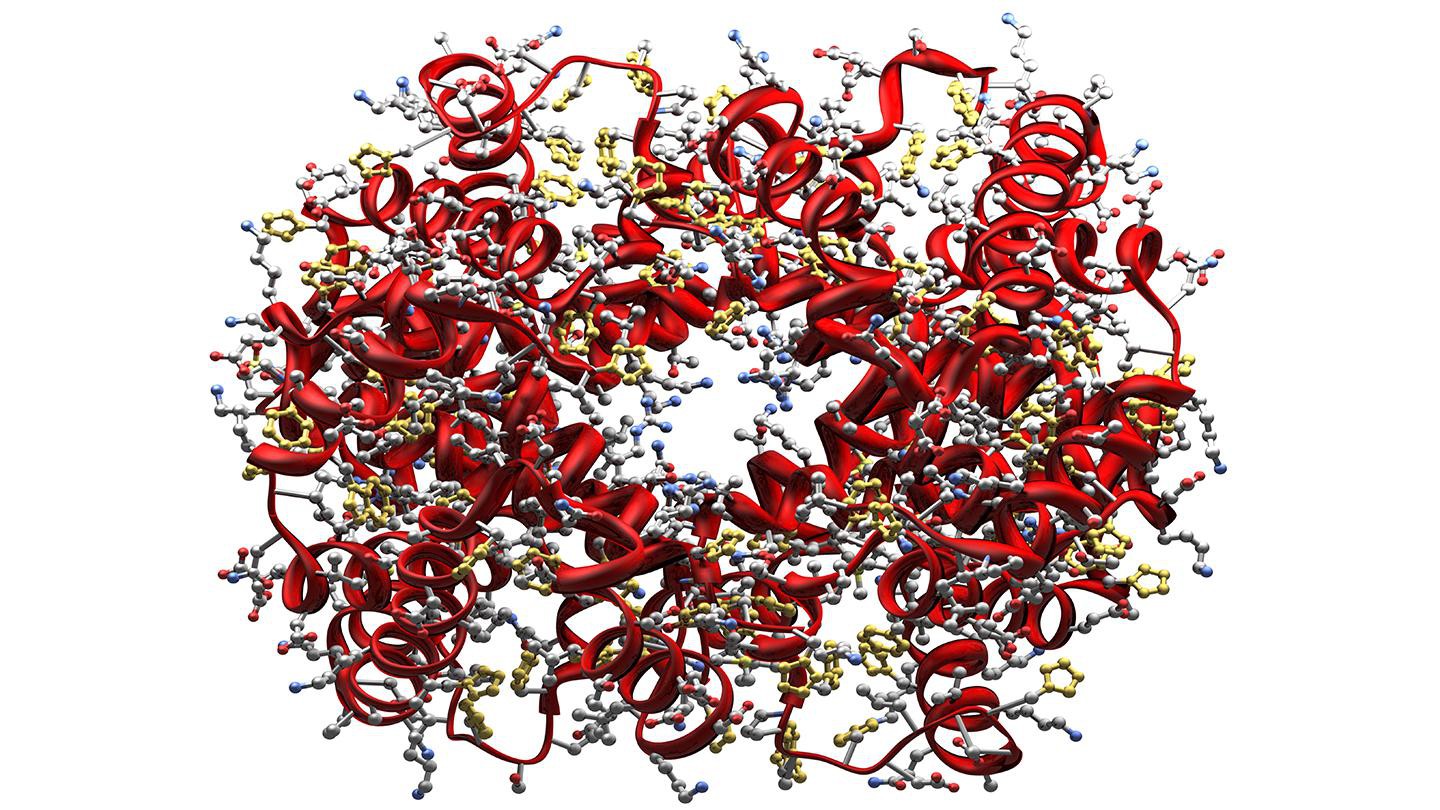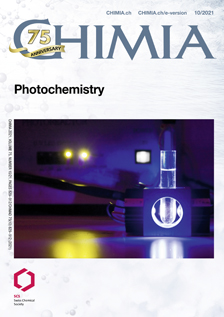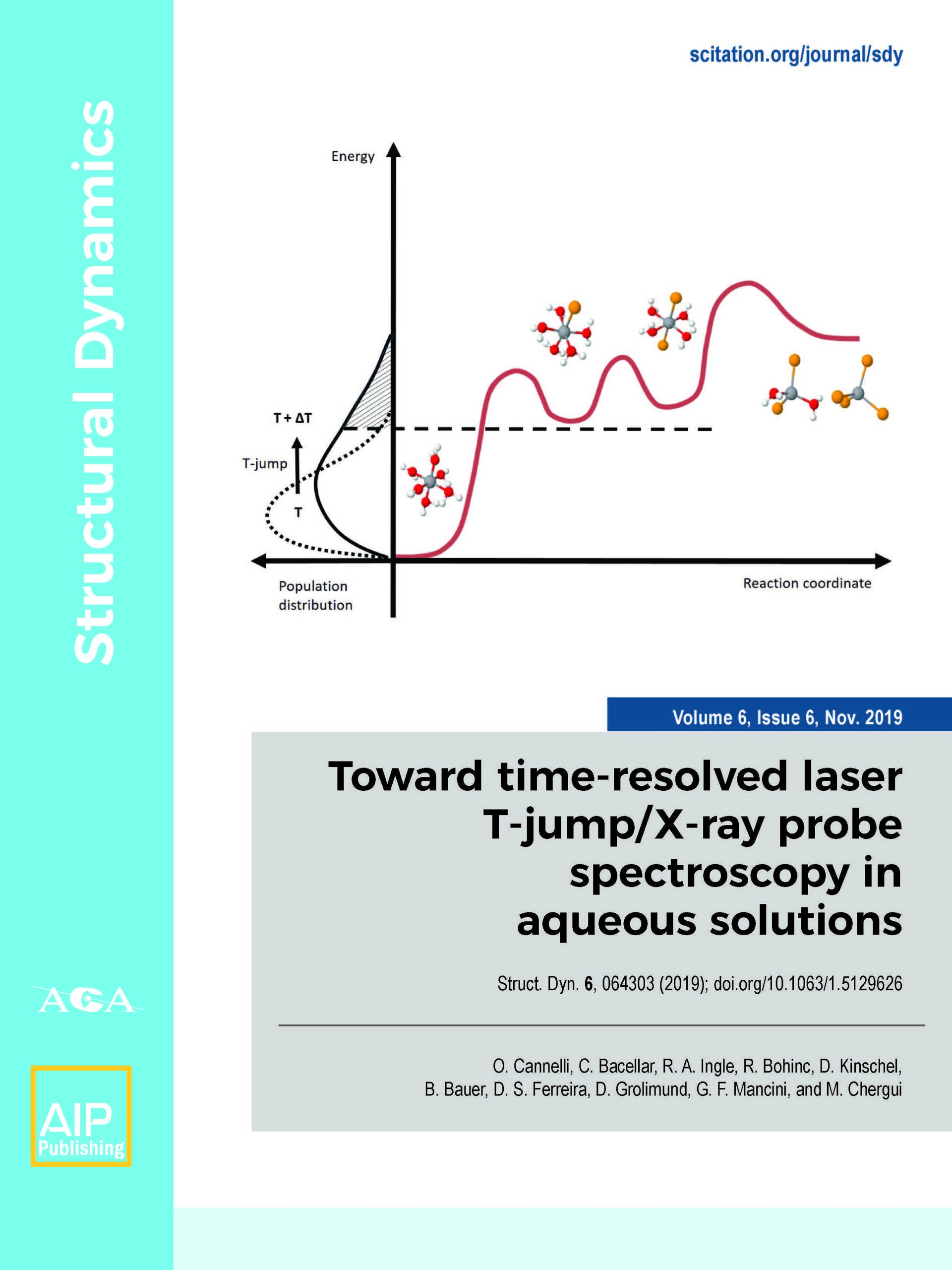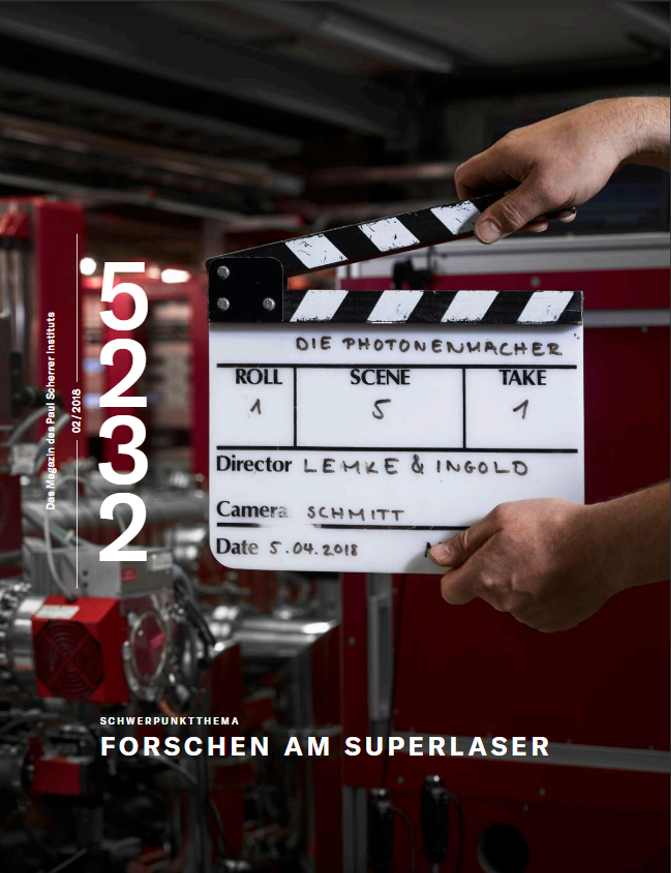Research demonstrates the use of X-ray spectroscopy to study thermally-induced reactions AIP Scilight 2019
titkar2022-02-17T12:12:59+00:00Research demonstrates the use of X-ray spectroscopy to study thermally-induced reactions AIP Scilight 2019 Light-driven reactions are only a subset of chemical and biochemical processes. An extension of time-resolved spectroscopic methods to thermally driven reactions would include a much larger variety of such processes. In a new paper, Cannelli et al. demonstrate the first use of a time-resolved X-ray spectroscopy probe in a temperature jump experiment to observe structural changes over the course of a chemical reaction. Find out more











